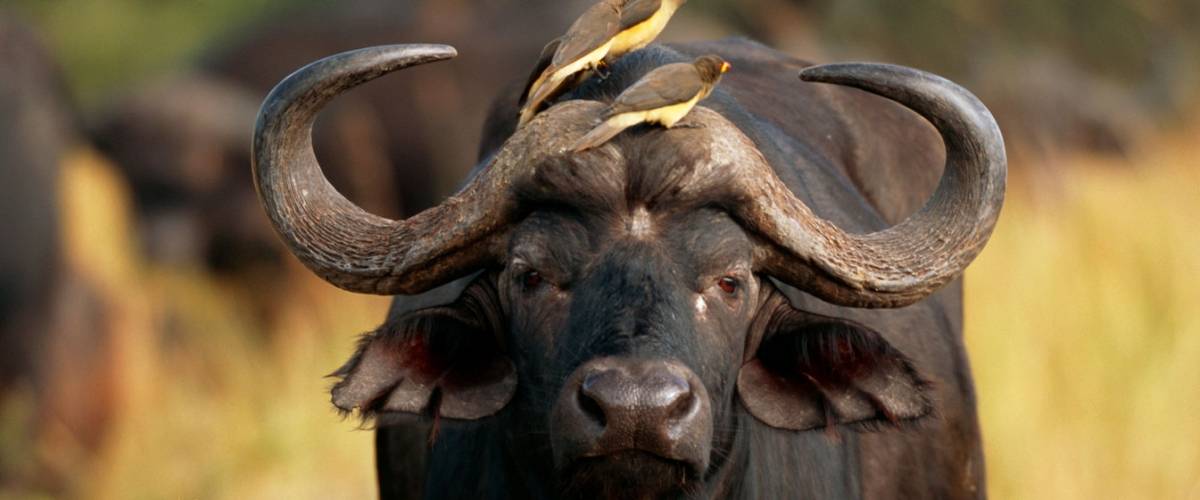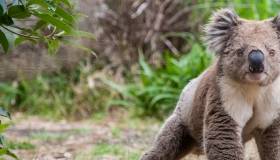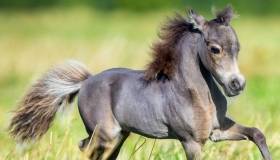
DENVER/September 19, 2019 – Morris Animal Foundation-funded researchers at Oregon State University discovered areas in the African buffalo genome linked to risk for TB infection. Their finding also demonstrates the complex interplay between host immune responses and spread of infectious disease.
The researchers discovered areas of genetic code variation near genes associated with immunity to bacterial infections and demonstrated that these variations correlated with TB resistance. The team published their findings in the Proceedings of the Royal Society B.
TB is an important disease of both people and animals. The disease is caused by members of the genus Mycobacterium, has a global distribution and affects many different types of animals. Controlling the spread of infection is a considerable challenge for wildlife managers.
“We wanted to know more about the genetic basis of resistance to TB and African buffalo are a great model to study,” said Dr. Hannah Tavalire, now a Postdoctoral Research Scholar at the University of Oregon and lead author of the paper. “This study is one of the first looking at immunity to TB in the wild and how it affects herd dynamics, including fitness. Finding a genetic underpinning in individuals who are disease resistant could help us do a better job managing the disease in a real-world setting.”
Dr. Tavalire had access to DNA samples and recorded health outcomes from a well-studied herd of African buffalo. Using DNA sequencing technology, Dr. Tavalire looked for genetic regions associated with a longer interval before development of TB, a sign of disease resistance. She identified two areas that were associated with delayed infection. Further analysis demonstrated these regions were near genes known to be important in fighting bacterial infections.
The team’s findings dovetail with another paper published by the group last year, which examined the impact of resistance on overall fitness. Although beneficial in preventing infection in younger animals, the team found that resistance might come at a cost once animals become infected later in their lives.
“There are genetic variants that protect a buffalo to some degree from acquiring TB, but there’s a big trade-off in fitness once they get the disease,” said Dr. Anna Jolles, Associate Professor of Epidemiology at Oregon State University. “You get this interesting dynamic. Being resistant is great for an animal if TB exposure is low, but if exposure is high and they get the disease despite being somewhat resistant, their outlook is very poor. There is this feedback in the population that may lead to perpetuation of both resistant and susceptible individuals.”
This paradoxical situation emphasizes that simple test and cull protocols for controlling TB in wild animals may have undesired genetic consequences for the long-term health of a population. Drs. Tavalire and Jolles note that the situation is complex but they hope their findings will translate to other ecosystems.
“Tuberculosis is a huge problem for many wildlife species,” said Dr. Janet Patterson-Kane, Morris Animal Foundation Chief Scientific Officer. “The more we learn about how this disease tenaciously persists in animal populations the more we will be able to help veterinarians, managers and public health officials make rational control decisions to limit spread of the disease.”
The Foundation is one of only a few organizations funding wildlife health research, including numerous studies focused on TB in wildlife over the last two decades.
About Morris Animal Foundation
Morris Animal Foundation’s mission is to bridge science and resources to advance the health of animals. Founded by a veterinarian in 1948, we fund and conduct critical health studies for the benefit of all animals. Learn more at morrisanimalfoundation.org.



